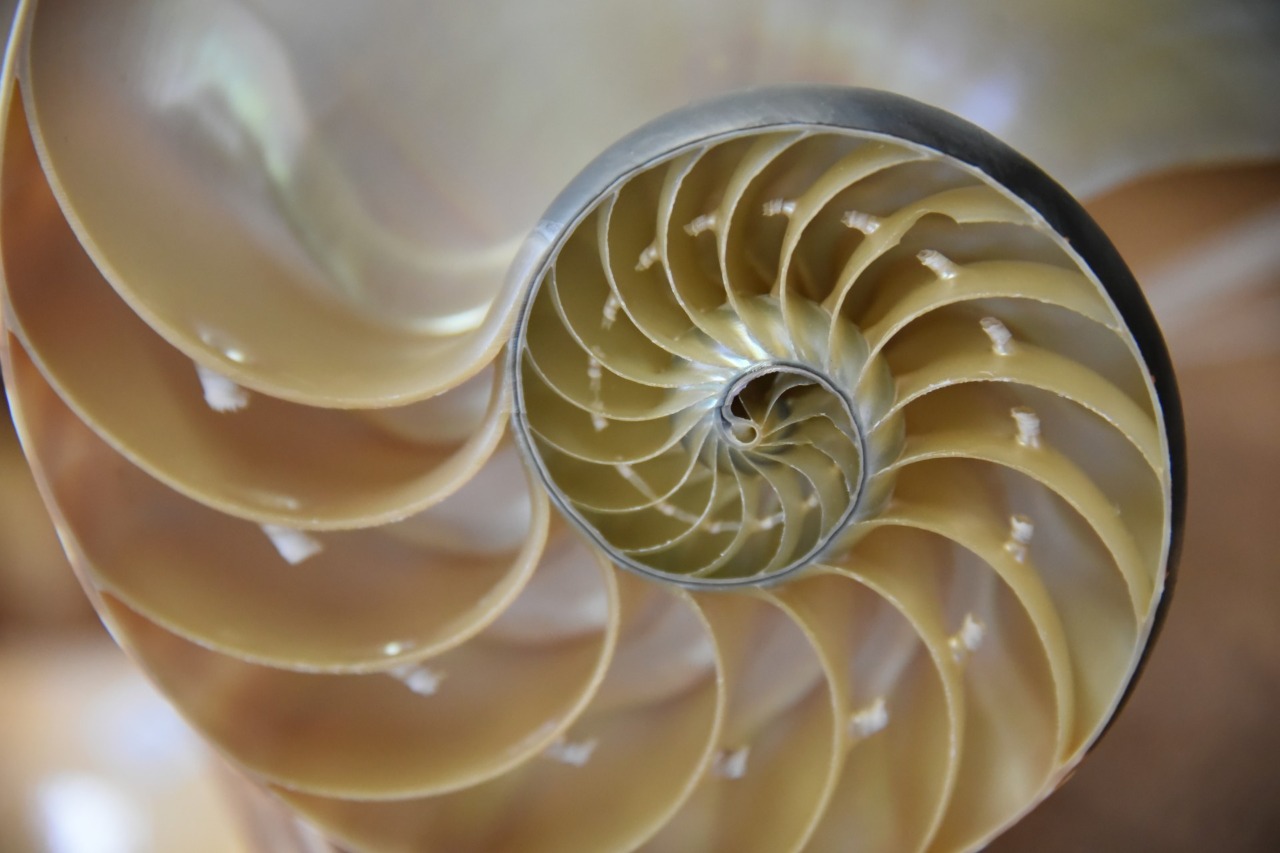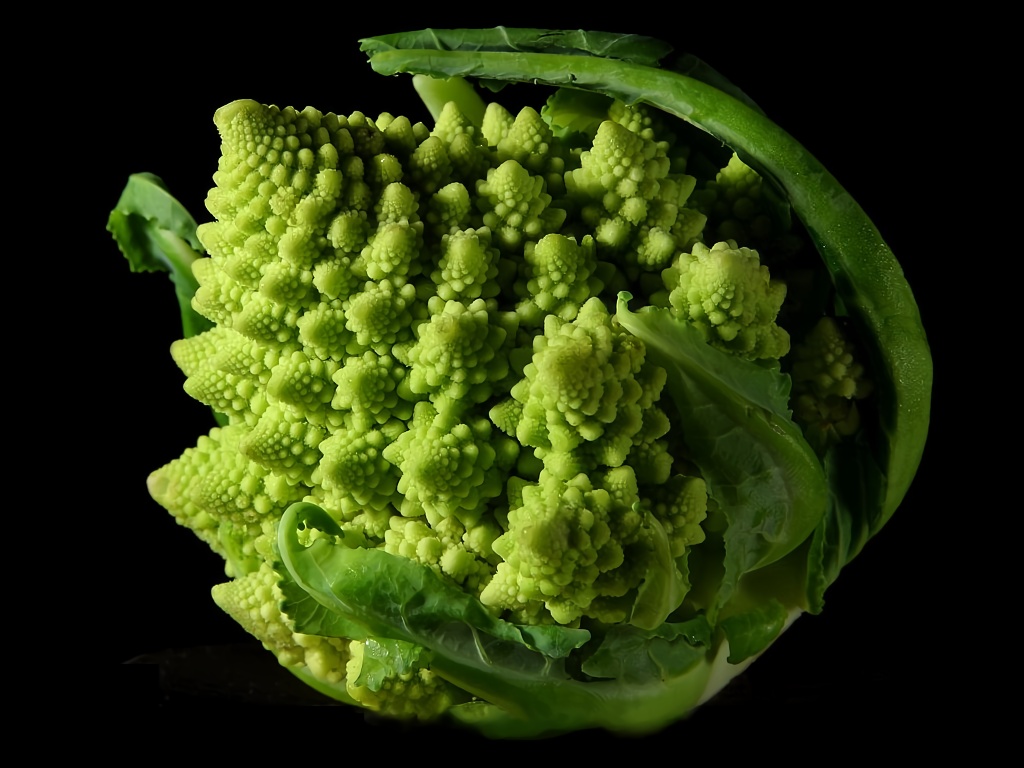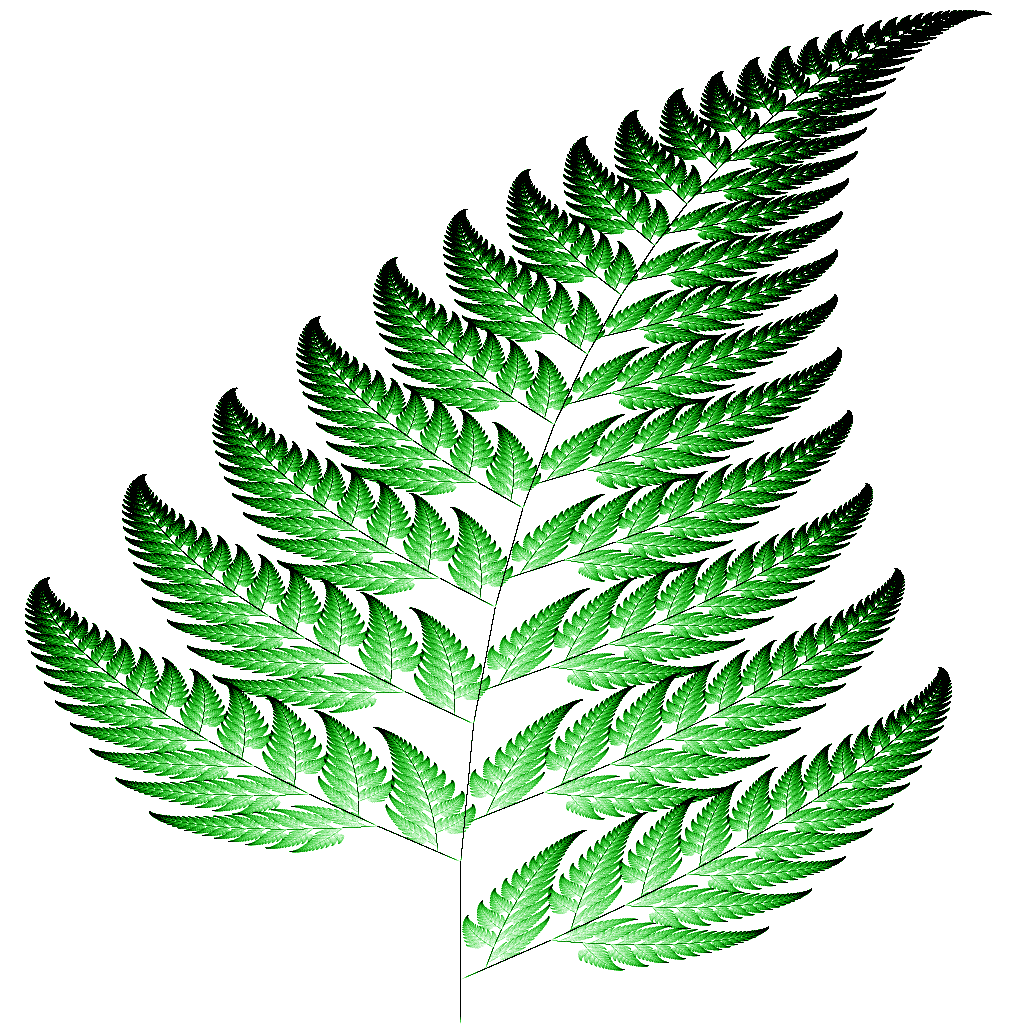Sign In
Understanding Similarity Transformations







| | 13 Theory slides |
| | 11 Exercises - Grade E - A |
| | Each lesson is meant to take 1-2 classroom sessions |
Catch-Up and Review
Here is some recommended reading before getting started with this lesson.
- Concept and properties of dilation.
- Concept and properties of rigid motion.
- Concept and properties of congruence.
Investigating Similarity
The applet below shows a spiral tiling of a plane using quadrilaterals of different sizes.
- Moving the left slider dilates the shaded quadrilateral using the center.
- Moving the right slider rotates the shaded quadrilateral around the center.
Move the sliders to match the quadrilaterals in the tiling.

Similarity Transformations
On the previous applet the combination of a rotation and a dilation moved the quadrilateral to match the other quadrilaterals in the tiling. This combination of transformations has its own name.
Similarity Transformation


Properties of a Similarity Transformation
Previously, it was seen that rigid motions keep the figure's size and shape. In comparison, dilations keep the figure's shape but can change its size. The next natural question is, what does a similarity transformation do to a figure?
The following is a list of a few important properties of similarity transformations.
- The image of a line segment is a line segment. The image is longer or shorter than the preimage in the ratio given by the scale factor.
- Similarity transformations preserve angle measures.
Proof
These are properties of both rigid motions and dilations. Since similarity transformations are combinations of rigid motions and dilations, these are also properties of similarity transformations.
Definition of Similar Figures
∼indicates that two figures are similar.


Analyzing Similar Figures
The figure below is put together using 39 similar tiles.

Answer
Example Answer: Translation up, followed by a rotation clockwise by 90 degrees, followed by a dilation using scale factor 2.
Hint
Solution



Once a vertex is at the right place, a rotation can be used to position the pre-image in the right direction.

A dilation by scale factor 2 completes the transformation.

Criteria for Similar Polygons
For polygons, similarity can be checked by considering angle measures and side lengths.
Two polygons are similar if and only if both of the following two properties hold.
- The corresponding angles are congruent.
- The corresponding sides are proportional.
Proof
A biconditional statement can be proven by separately proving the corresponding conditional statement and its converse.
| Conditional Statement | Two polygons are similar if the corresponding angles are congruent and the corresponding sides are proportional. |
|---|---|
| Converse | If the corresponding angles in two polygons are congruent and the corresponding sides are proportional, then the polygons are similar. |
Consider and prove each statement one at a time.
Proving the Conditional Statement
If two polygons are similar, then a similarity transformation that maps one polygon to the other exists. Consider how that relationship affects the corresponding angles and sides of the similar polygons.
- Angles: Similarity transformations preserve angle measures. That means the corresponding angles of the two polygons are congruent. ✓
- Sides: Similarity transformations map line segments to other line segments. The length of all line segments change according to the scale factor. That means the corresponding sides of the two polygons change proportionally. ✓
These observations conclude the proof of the conditional statement.
Proving the Converse
Consider two polygons with congruent corresponding angles and proportional corresponding sides. The proof here will be carried out for quadrilaterals ABCD and PQRS, but it can be generalized to any polygon.


| Observation | Justification |
|---|---|
| P=A′′ | The translation moves A to P and, since this is the center of rotation, it stays there. |
| B′′ is on PQ | This is how the angle of rotation was chosen. |
| D′′ is on PS | This is true, because by assumption ∠A is congruent to ∠P and because rigid motions preserve angle measures. Note that, in this case, the orientation of ABCD and PQRS is the same. If the orientations are different, then a reflection of A′′B′′C′′D′′ in line PQ is also needed to match the orientations of the polygons. |

| Observation | Justification |
|---|---|
| P=A′′′ | The translation moves A to P and, since this is the center of rotation and also the dilation, it stays there. |
| Q=B′′′ | This is how the scale factor of the dilation was chosen. |
| S=D′′′ | Since translations and rotations are rigid motions, AB=A′′B′′ and AD=A′′D′′. It is assumed that PQ/AB=PS/AD, so the dilation that moves B′′ to Q, also moves D′′ to S. |
| C′′′ is on QR | It is assumed that ∠B≅∠Q. Since rigid motions and dilations preserve angles, this means that ∠B′′′≅∠Q. |
| C′′′ is on SR | It is assumed that ∠D≅∠S. Since rigid motions and dilations preserve angles, this means that ∠D′′′≅∠S. |
| R=C′′′ | Both R and C′′′ is the intersection of QR and SR. |
Investigating Similarity of Different Polygons
Determine whether the following statements are true or false.
Hint
Do all quadrilaterals have the same angles?
Solution
Different quadrilaterals may have different angles. Since similar polygons have congruent corresponding angles, this means that not all quadrilaterals are similar.

Hint
Do all trapezoids have the same angles?
Solution
Different trapezoids may have different angles. Since similar polygons have congruent corresponding angles, this means that not all trapezoids are similar.

Hint
Do all parallelograms have the same angles?
Solution
Different parallelograms may have different angles. Since similar polygons have congruent corresponding angles, this means that not all parallelograms are similar.

Hint
Do all rhombi have the same angles?
Solution
Different rhombi may have different angles. Since similar polygons have congruent corresponding angles, this means that not all rhombi are similar.

Hint
Consider the ratio of the sides.
Solution
The corresponding sides of similar polygons are proportional. Since 1:2=3:4, the rectangles on the diagram are not similar.

Not all rectangles are similar.
Hint
Do all squares have the same shape?
Solution
Consider the angles and the sides of a square with side length m and a square with side length n.
- All angles of both squares are right angles, so the corresponding angles of the two squares are congruent.
- The ratio between any sides of the two squares is m:n, so the corresponding sides are proportional.
These two properties guarantee that the squares are similar.

Any two squares are similar.
Solving Problems Using Similarity of Polygons

Hint
Find the length of AD first.
Solution
Focus on the first two triangles to find the length of AD first.

CA=5, BA=4
LHS⋅5=RHS⋅5
ca⋅b=ca⋅b

The other three triangles are also similar to △ABC, so the corresponding sides are proportional.
| Proportion | Solution | |
|---|---|---|
| Expression | Substitution | |
| CAEA=BADA | 5EA=425/4 | EA=425/4⋅5=16125 |
| CAFA=BAEA | 5FA=4125/16 | FA=4125/16⋅5=64625 |
| CAGA=BAFA | 5GA=4625/64 | GA=4625/64⋅5=2563125 |
The length of GA is 2563125, or approximately 12.2 centimeters.
Solving Problems Using Similarity and Congruence of Polygons
In the diagram all quadrilaterals are similar, and the two shaded quadrilaterals are congruent. The length of three sides of the shaded quadrilaterals are 1, w, and w2.

Hint
Write the horizontal base of the top left corner's quadrilateral in two different ways.
Solution
The solution has several steps. First, look at the quadrilateral in the top left corner and compare it to the quadrilateral next to it.




Extra
Exact solutionPractice Using Similarity to Solve Problems
On the diagram all quadrilaterals are similar.

Similarity in the Natural World
There are examples where similar shapes appear in nature.
It is interesting to investigate the three-dimensional self-similar nature of a romanesco broccoli. It is built up of parts that are similar to the whole.
Self-similarity is used as an inspiration in fractals. The image below is not a living plant, it is a computer generated image using a construction that uses similarity.
Digital Tools
Python code to draw the imageThe following is the Python source code the author used to draw the image.
import random
import tkinter as tk
width, height = 1024, 1024
pixels = [0] * (width * height) x, y = 0, 1
for n in range(60 * width * height): r = random.random() * 100 xn, yn = x, y if r < 1: x = 0 y = 0.16 * yn elif r < 86: x = 0.85 * xn + 0.04 * yn y = -0.04 * xn + 0.85 * yn + 1.6 elif r < 93: x = 0.20 * xn - 0.26 * yn y = 0.23 * xn + 0.22 * yn + 1.6 else: x = -0.15 * xn + 0.28 * yn y = 0.26 * xn + 0.24 * yn + 0.44 x_pix = int(width * (0.45 + 0.195 * x)) y_pix = int(height * (1 - 0.099 * y )) pixels[x_pix + y_pix * width] += 1 greys = [ max(0, (256 - p) / 256) for p in pixels]
colors = [int(c * 255) for g in greys for c in [g ** 6, g, g ** 6]]
root = tk.Tk()
p6header = bytes("P6\n{} {}\n255\n".format(width, height), "ascii")
img = tk.PhotoImage(data=p6header + bytes(colors))
tk.Label(root, image=img).pack()
img.write("barnsley-fern.png", format='png')
tk.mainloop()Similarity and the Golden Ratio
In the diagram below move the point to adjust the dimensions of the rectangle. Different shapes will be created. Some rectangles are narrow and tall, some are wide and flat. Move the point to create rectangle of any preferred combination.

Well, personal preference is very subjective. Nevertheless, there is a specific ratio that is used often in design. If a rectangle is such that cutting off a square gives a similar rectangle, then the ratio of the sides is called the golden ratio. Such a rectangle is called a golden rectangle.

Composition with Yellow, Blue and Red, a painting of Piet Mondrian, which he painted between 1937 and 1942. Move the slider points to search for golden rectangles in this famous painting!
In the following figure, ABCD∼EFGH. Find the value of the variables.

In the following figure, ABC∼DEF. Find the value of the variables.

Since we are given that A B C D ~ E F G H, we can identify corresponding congruent angles by matching letters following the order in which they appear in the similarity statement. ccccc A & B & C & D ↓ & ↓ & ↓ & ↓ E & F & G & H Let's highlight the corresponding vertices and angles in the diagram.
Now we can write two equations, one containing x and the other containing y. x+34^(∘)&=98^(∘) 3y-13^(∘)&= 83^(∘) Let's solve these equations one at a time.
Let's go ahead and solve the second equation in the same manner.
As in Part A, we will use the similarity statement to identify corresponding vertices.
ccccc
A & B & C
↓ & ↓ & ↓
D & E & F
Let's add this information to the diagram.
With this information, we can write two equations — one that contains x and another that contains y. 8x-13^(∘)=75^(∘) y=m∠ F We can not yet solve for y. However, if we find the value of x, we can use this to find y.
Notice that m∠ C is not given. However, we can use that ∠ C ≅ ∠ F and apply the Interior Angles Theorem to △ DEF to find y.
For what value of x is BEFA∼EDCB?

In similar polygons, corresponding sides are proportional. Since BEFA is similar to EDCB, we can write a proportionality using the corresponding sides. To identify corresponding sides, we will separate the rectangles. Notice that the length of EDCB is the width of BEFA.
The ratio of the rectangles' longer sides is equal to the ratio of the shorter sides. AB/CD=BE/DE Let's substitute the lengths of the sides into the equation and solve for x.
When x=4, the rectangles are similar.
From the exercise, we know that the projector dilates an image such that the scale factor is 1:8. This tells us that the side lengths are 8 times greater for the image then for the preimage. To determine its length and width, we can use the following formula. Scale factor=Length of preimage/Length of image If we call the length and width of the image x and y respectively, we can use this formula to determine the dimensions of the image. Let's begin with the length followed by the width.
Length
The length is 96 inches.
Width
The width is 72 inches.
Area
Now we can determine the area that the images cover on the wall by multiplying the length and width. A=( 96)( 72)=6912 inches^2



